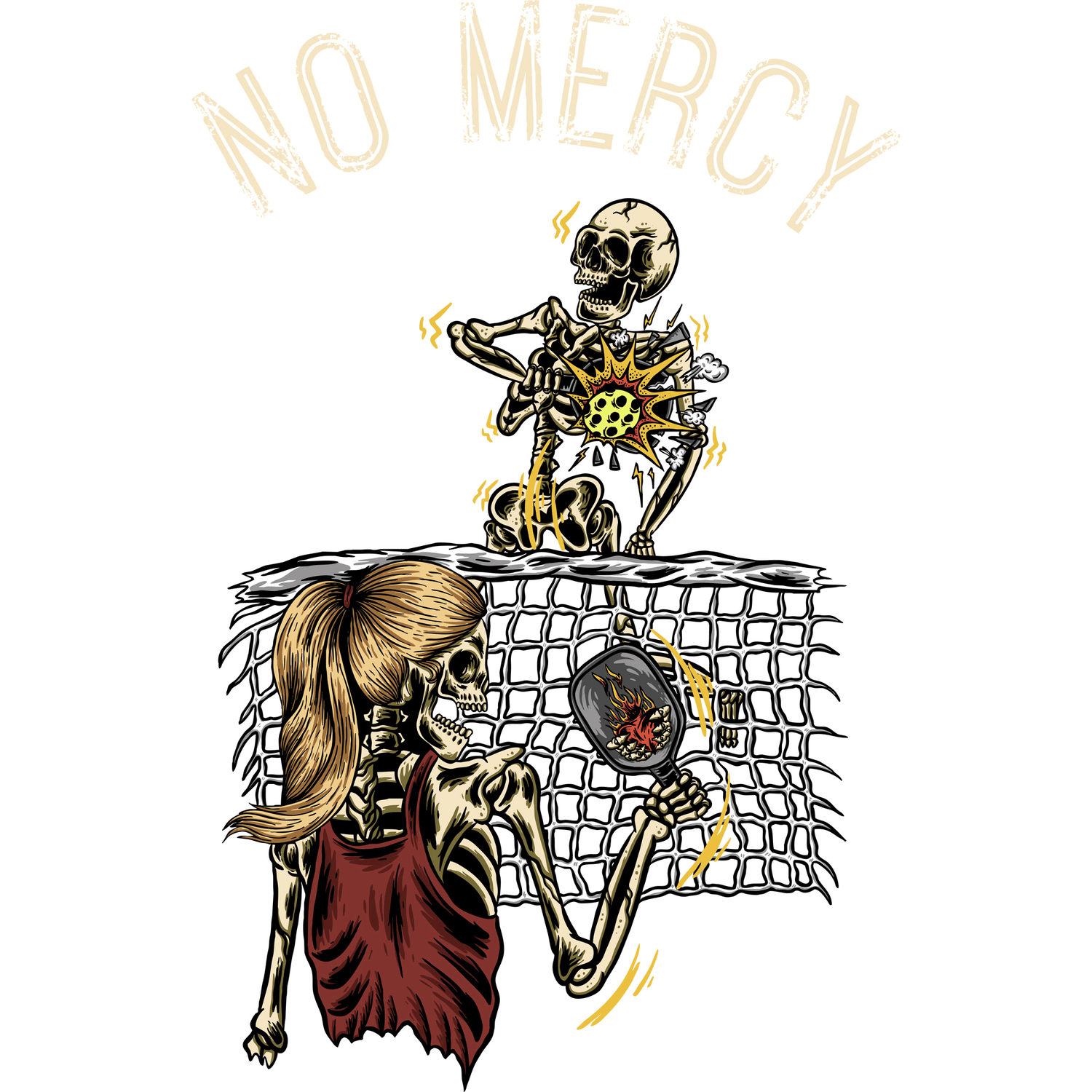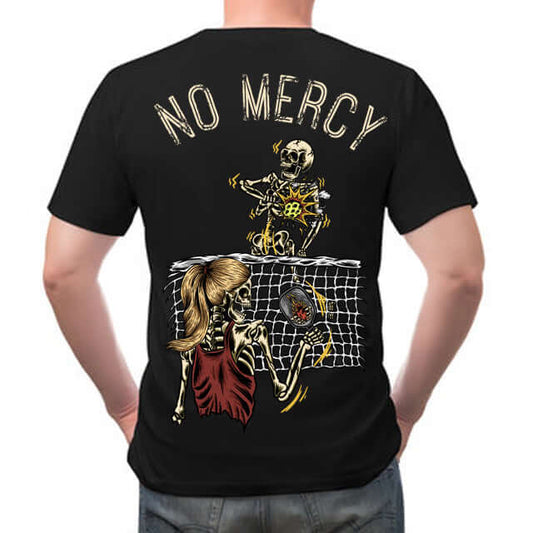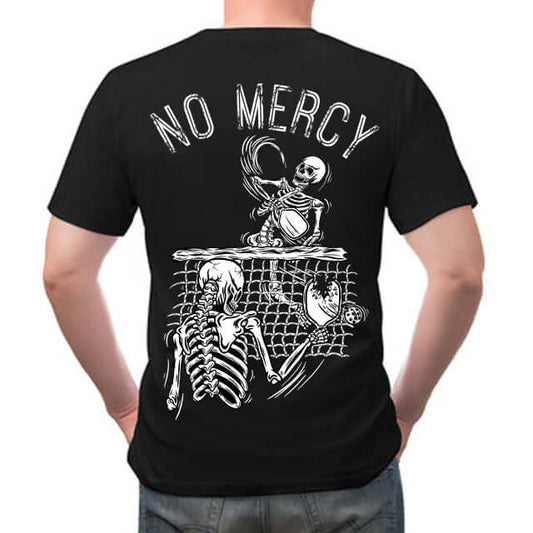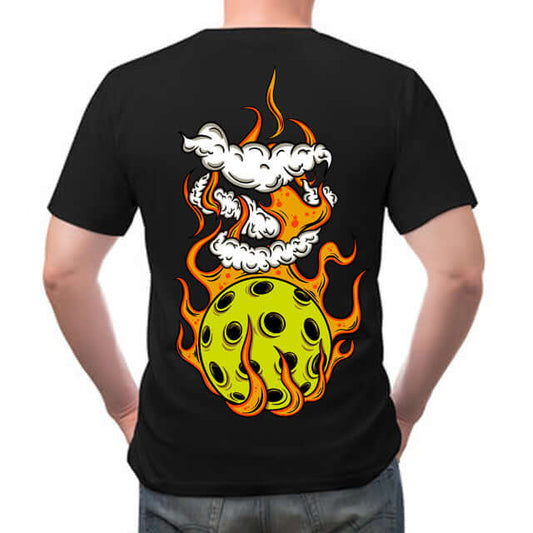So, you’ve fallen in love with pickleball. Welcome to the club! You've got the paddle, you've mastered a few dinks, and you’re starting to feel the rhythm of the game. But then comes the part that trips up even the most enthusiastic newcomers: the scoring. Hearing a string of numbers like "zero-zero-two" can sound like a secret code. What happened to just calling out the server's score then the receiver's?
Don't worry, you're not alone. Pickleball scoring has its own unique charm, and while it seems confusing at first, it's actually quite simple once you crack the code. Think of this as your official decoder ring. We'll break down everything from the three-number sequence to what a "side-out" is, so you can spend less time scratching your head and more time racking up points.
The Three Magic Numbers: What Do They Mean?
The most common point of confusion for new players is hearing the score called as a series of three numbers. In a standard doubles game, the score is announced as: [Serving Team's Score] – [Receiving Team's Score] – [Server Number (1 or 2)].
Let's break it down:
- Your Score: The first number is always your team's score.
- Their Score: The second number is your opponents' score.
- Server Number: The third number tells you which player on the serving team is currently serving.
For example, if the score is "4-3-1," it means the serving team has 4 points, the receiving team has 3 points, and the first server on the serving team is about to serve. If that server loses the rally, the serve passes to their partner, and the score becomes "4-3-2."
The only exception to the two-server rule is at the very beginning of the game. The team that serves first only gets one server for their initial service turn. They start the game by calling out "0-0-2." This is to prevent the first serving team from having an unfair advantage. After they lose their first rally, the serve passes to the other team, who will then have two servers as usual.
Earning Points and the "Side-Out"
This is where pickleball differs from sports like tennis. In pickleball, you can only score a point when your team is serving. If you win a rally as the receiving team, you don't get a point. Instead, you win the serve back. This is called a "side-out."
Let's walk through a scenario:
- Your team is serving, and the score is 5-2-1. You win the rally. Awesome! You score a point. The score is now 6-2-1, and you serve again.
- Now, at 6-2-1, you serve but lose the rally. You don't lose a point, but your turn to serve is over. The serve goes to your partner. The score is now 6-2-2.
- Your partner serves but loses the rally. This is a "side-out." Your team's service turn is over. The serve now goes to the opponents, who will start their turn serving from the right side of the court. The score they call will be "2-6-1."
Remember: You score points only when serving. If you’re receiving, your only goal is to break their serve and get it back.
Rally Scoring: The New Wave
While the traditional "side-out" scoring is most common in recreational play, you might also hear about "rally scoring." This format is being tested in some tournaments and is more similar to volleyball. In rally scoring, a point is awarded at the end of every rally, regardless of who served.
This system makes games faster and more predictable in length, but it changes the strategy. For now, most of the pickleball you’ll play at local courts will use the classic side-out method. Just be aware that rally scoring exists, especially if you start watching professional matches.
Don't Forget the Two-Bounce Rule!
This isn't a scoring rule, but it’s a fundamental rule that directly impacts who wins a point. The two-bounce rule states that after the serve, the ball must bounce once on the receiving side, and then it must bounce once on the serving side before any player can hit the ball out of the air (volley).
- First Bounce: The receiving team must let the serve bounce.
- Second Bounce: The serving team must let the return of serve bounce.
After these two bounces, players are free to volley the ball or play it off the bounce. Violating this rule results in a fault, and the rally ends. It’s designed to prevent the serving team from rushing the net and gaining an immediate advantage.
Look the Part, Play with Confidence
Now that you can keep score like a pro, it's time to look the part. Confidence on the court isn't just about your skills; it's about feeling good in what you wear. If you’re searching for awesome Pickleball gift ideas or want to upgrade your own gear, look no further than RND Streetwear.
RND Streetwear's Pickleball Streetwear collection is all about bringing an edgy, confident attitude to the court. Forget boring sportswear. This collection features high-quality screen-printed designs with skeletons, reapers, and flaming pickleballs that show you mean business. Pieces like the "No Mercy" T-Shirt or the "Play Like It's Your Last Game" Hoodie are crafted from premium materials that offer comfort and durability without restricting your movement.
Whether you're warming up in their comfy joggers or sporting a bold graphic tee, RND Streetwear gives you an undeniable edge. Their apparel is designed for players who want to stand out and express their unique style.
Ready to dominate the court in style? Check out the full collection and find your new favorite gear.
Explore the Pickleball Streetwear collection at RND Streetwear!
http://www.rndaccessories.com/collections/pickleball-clothing-apparel-streetwear






